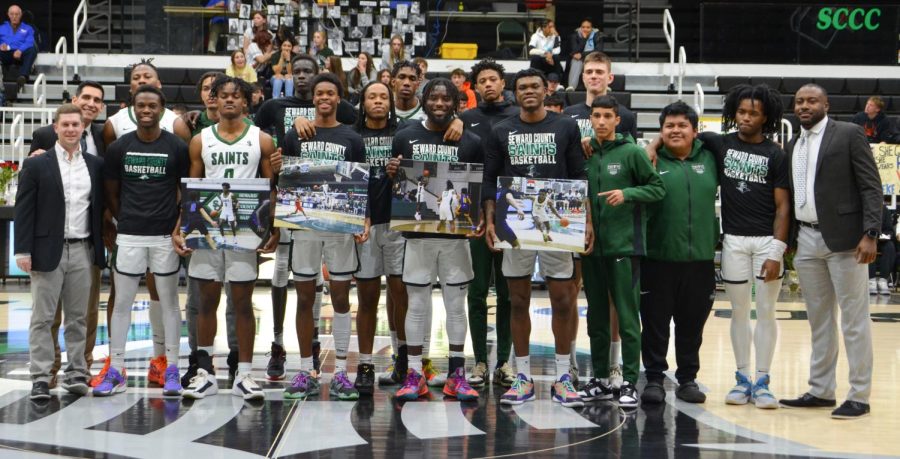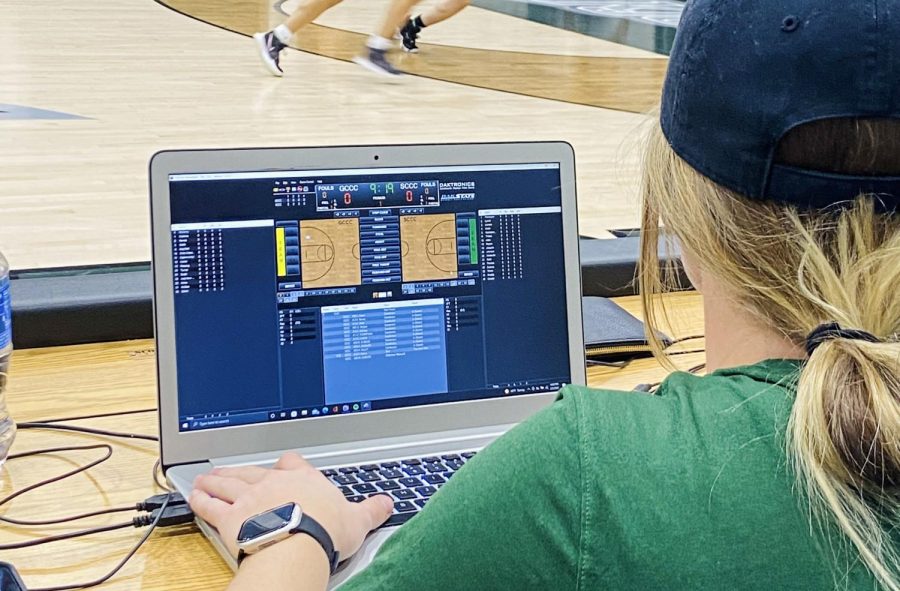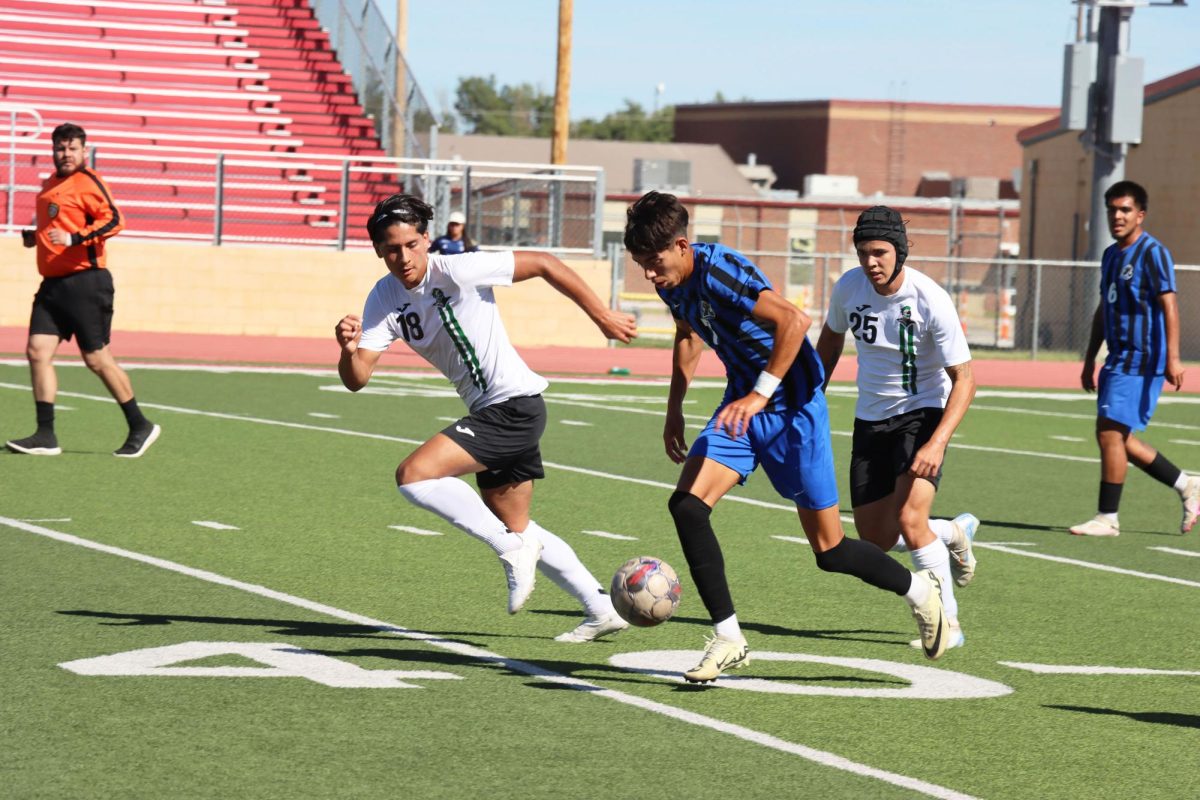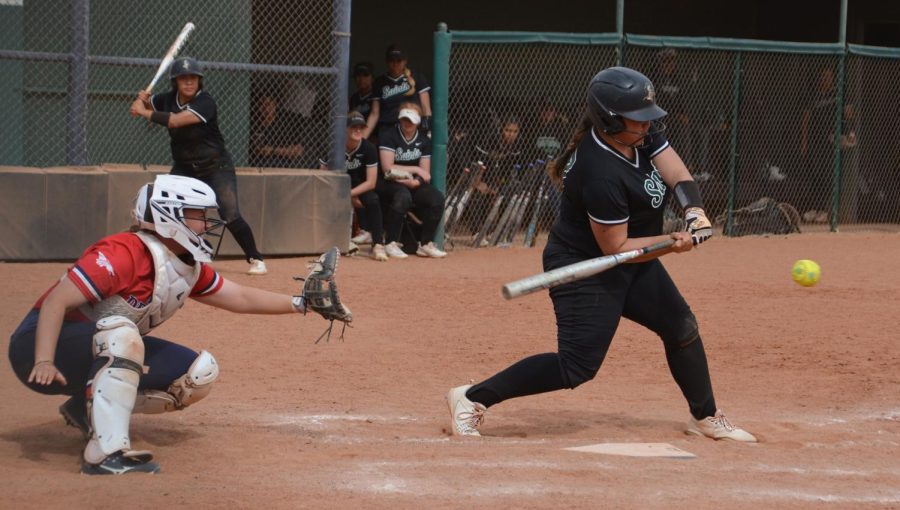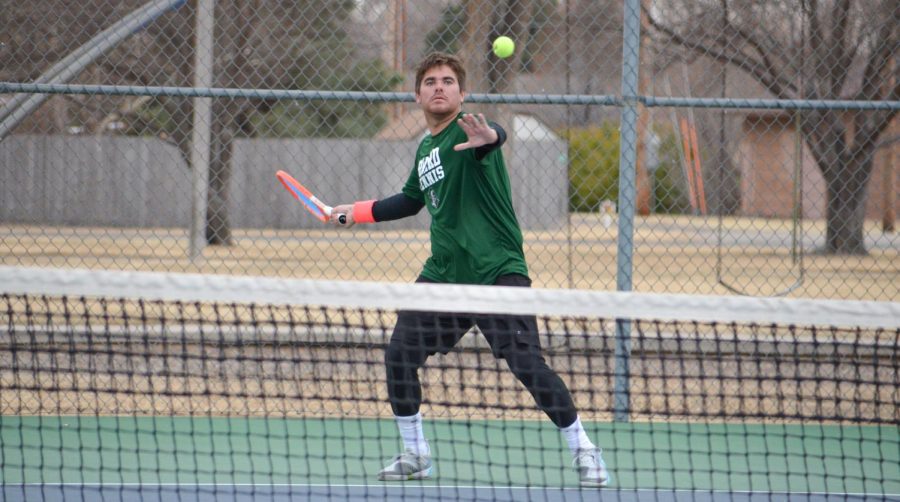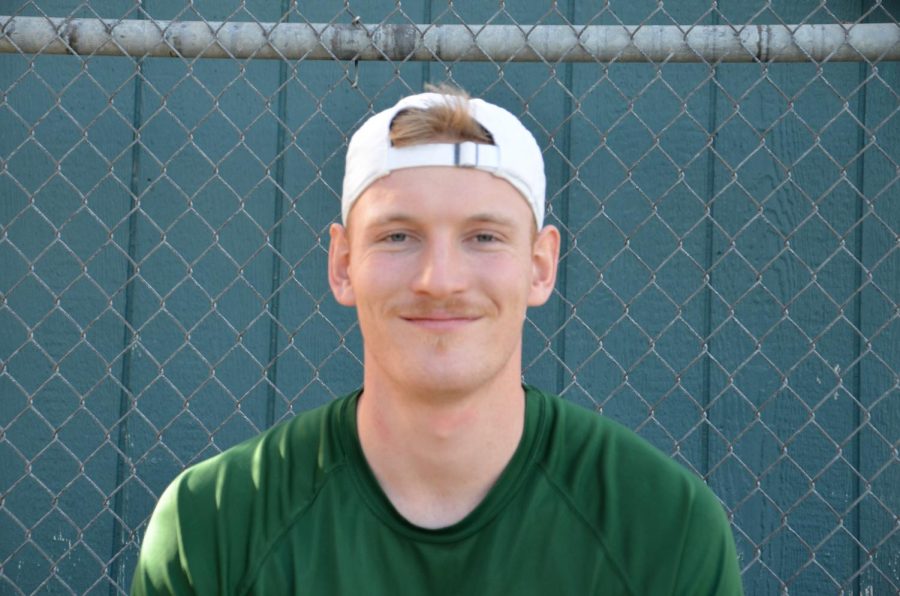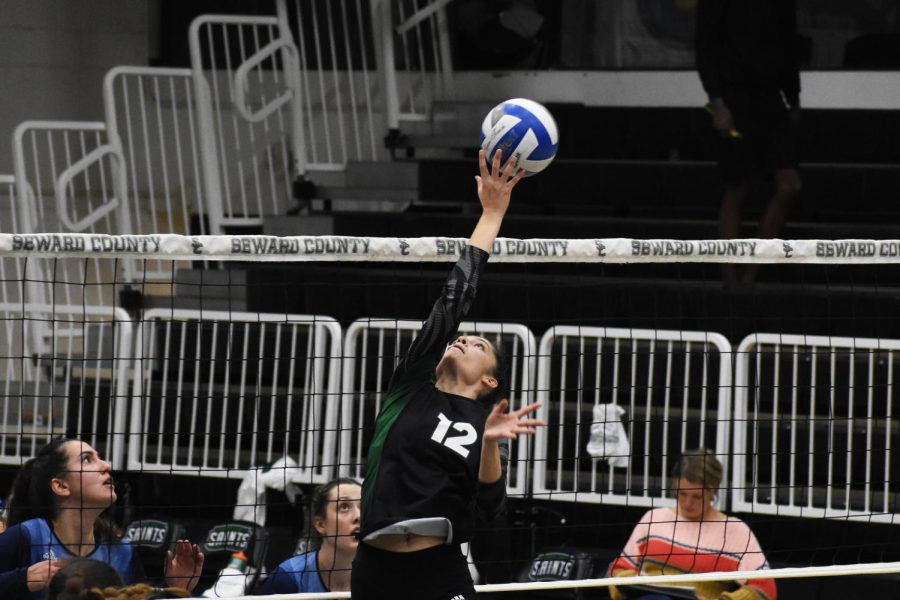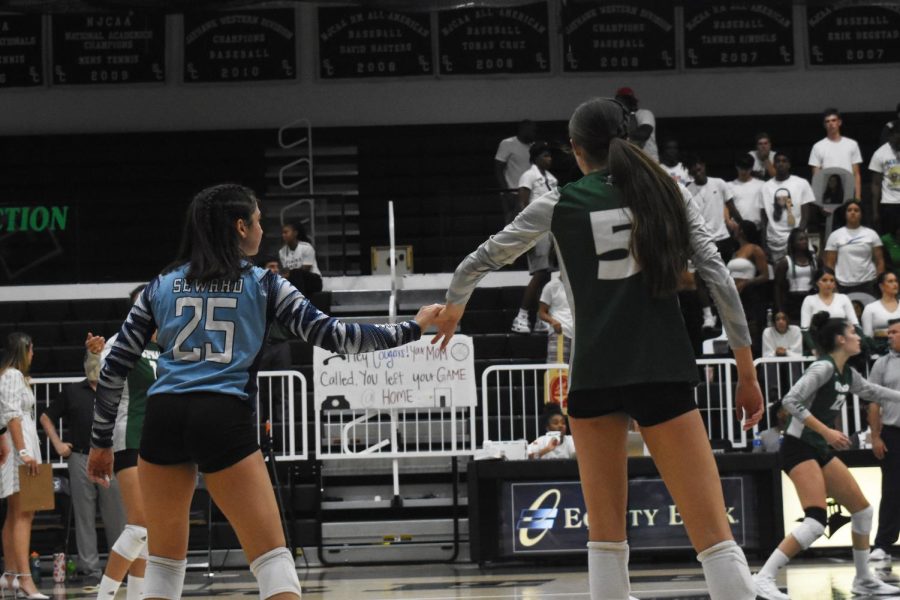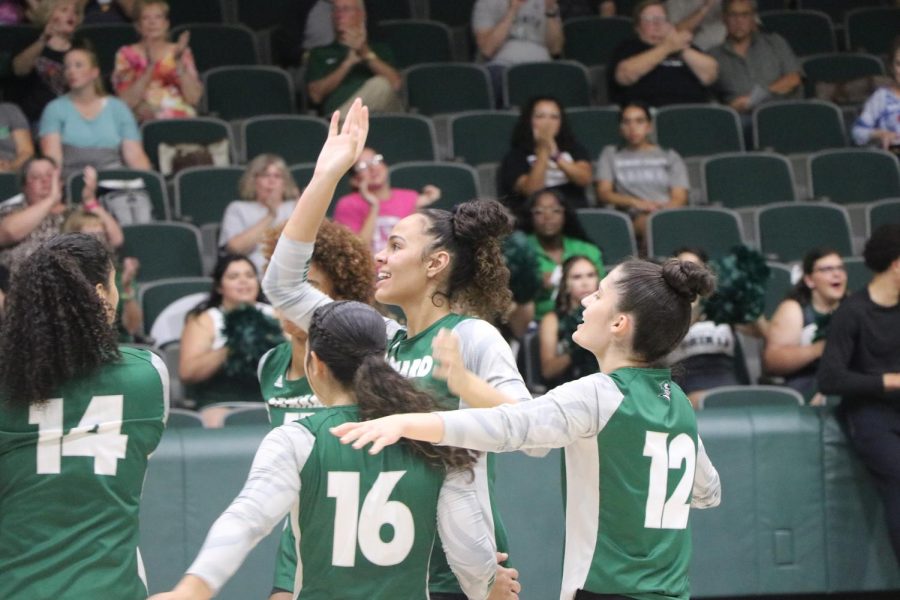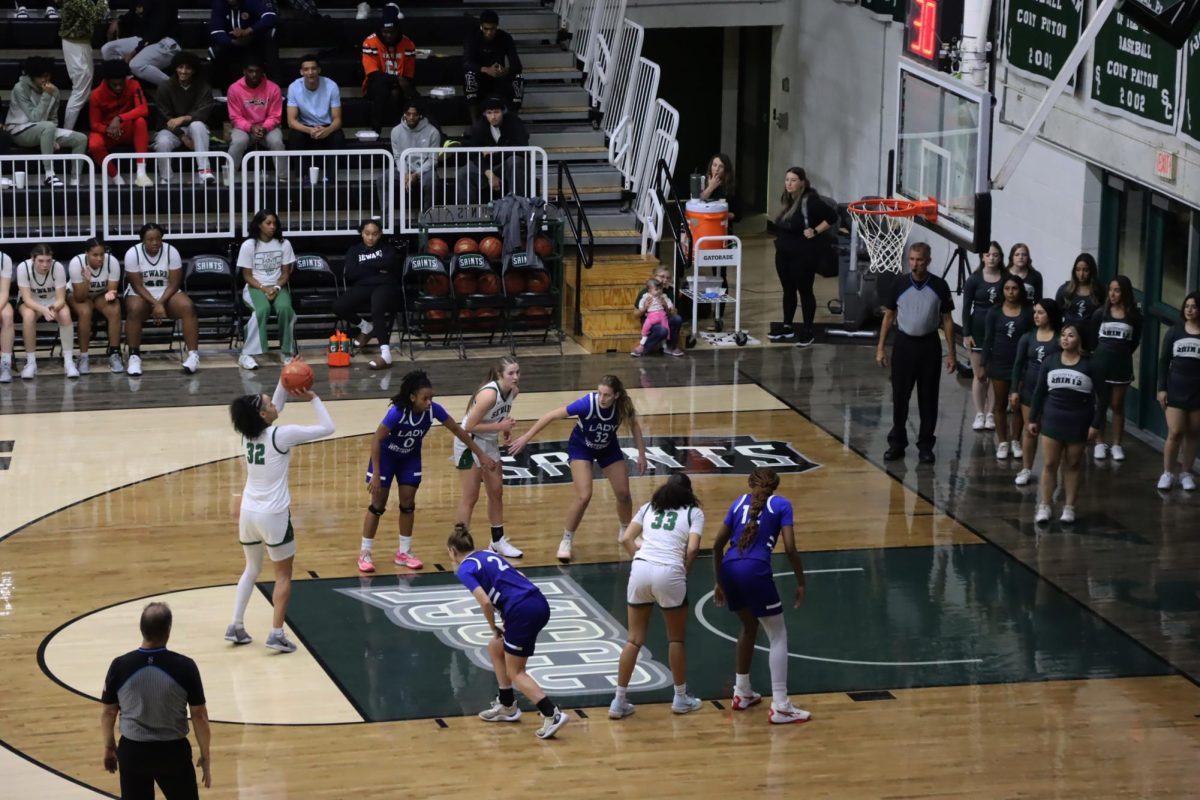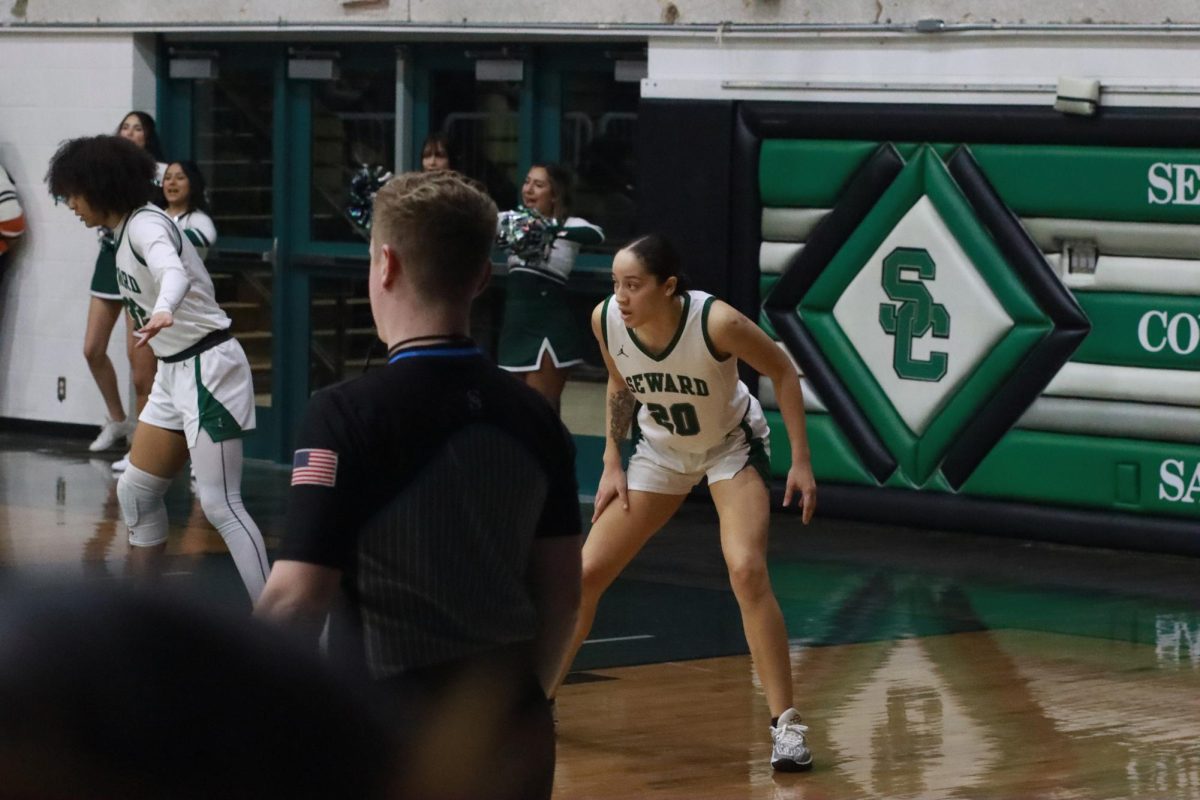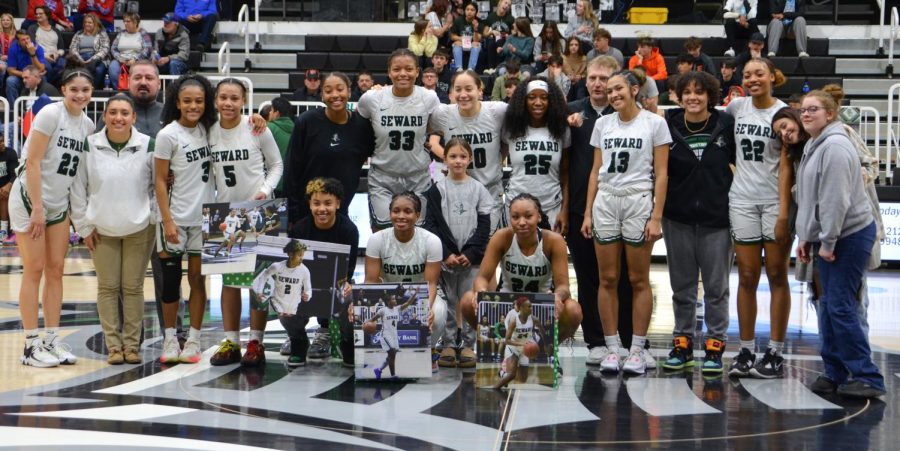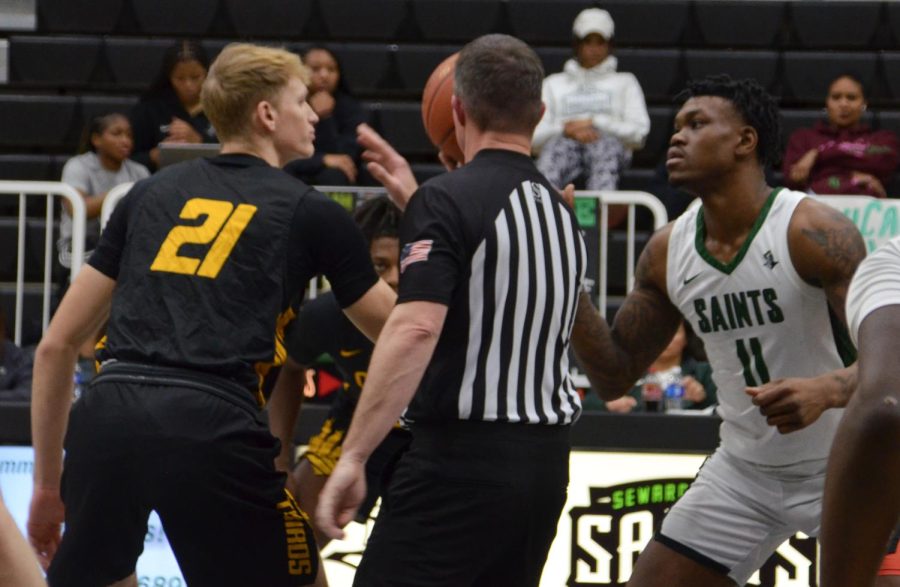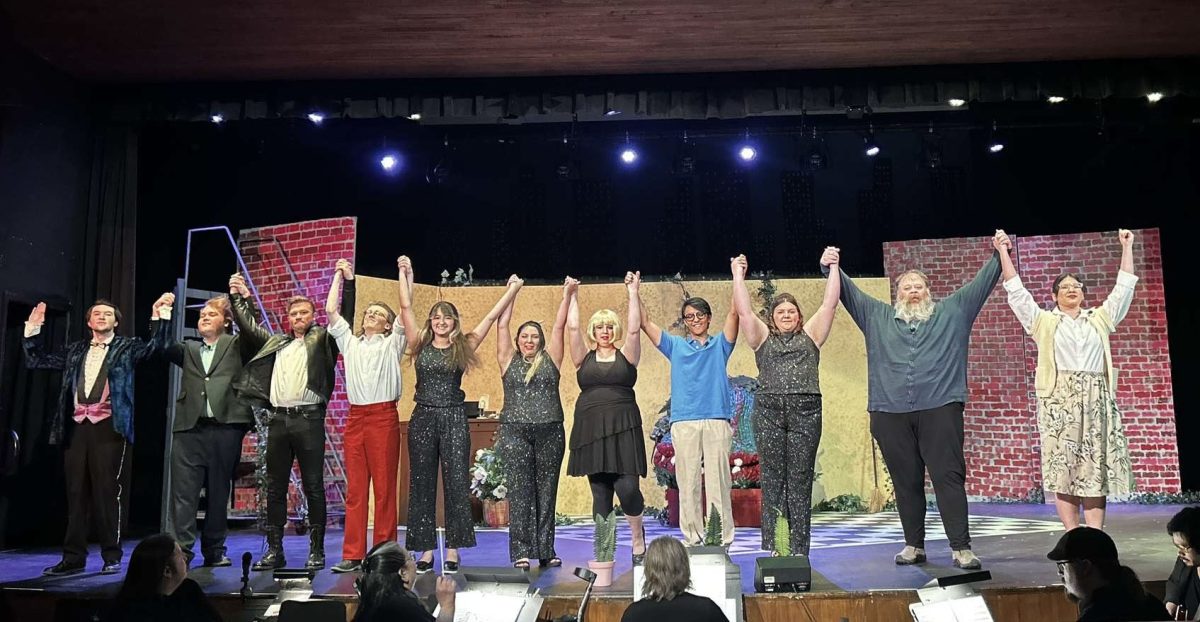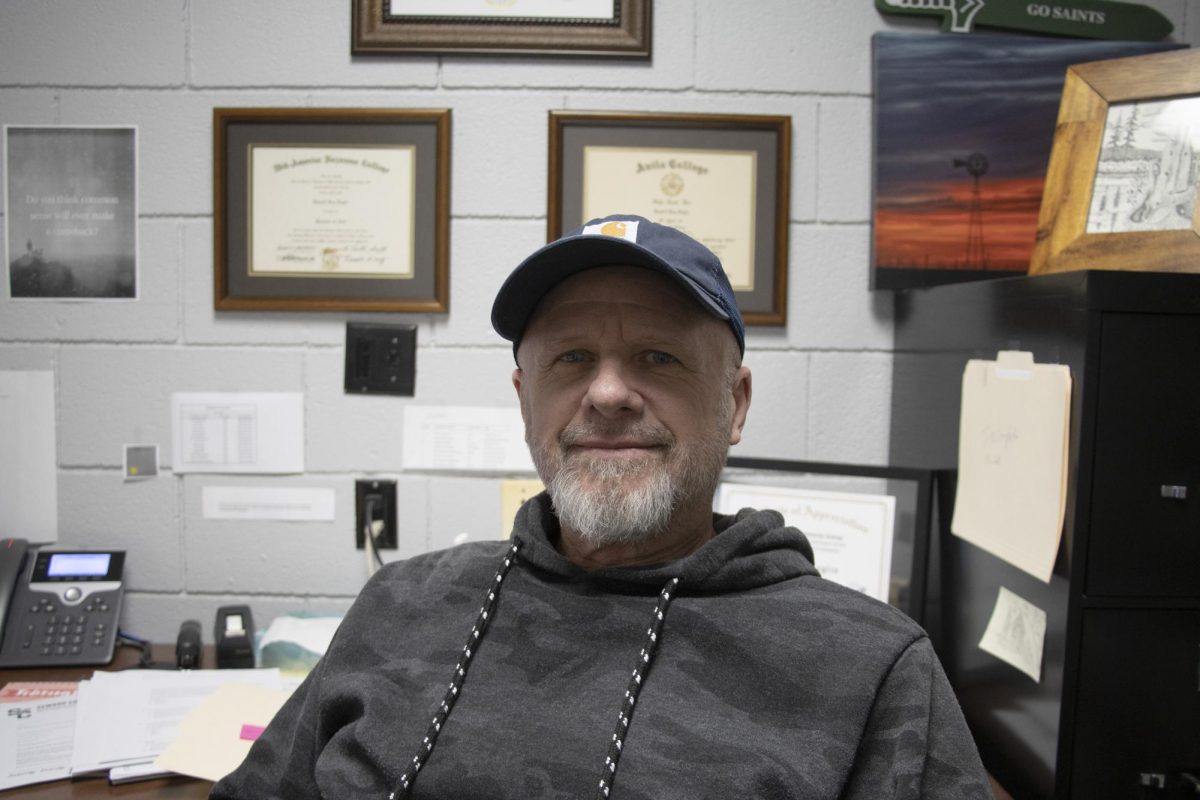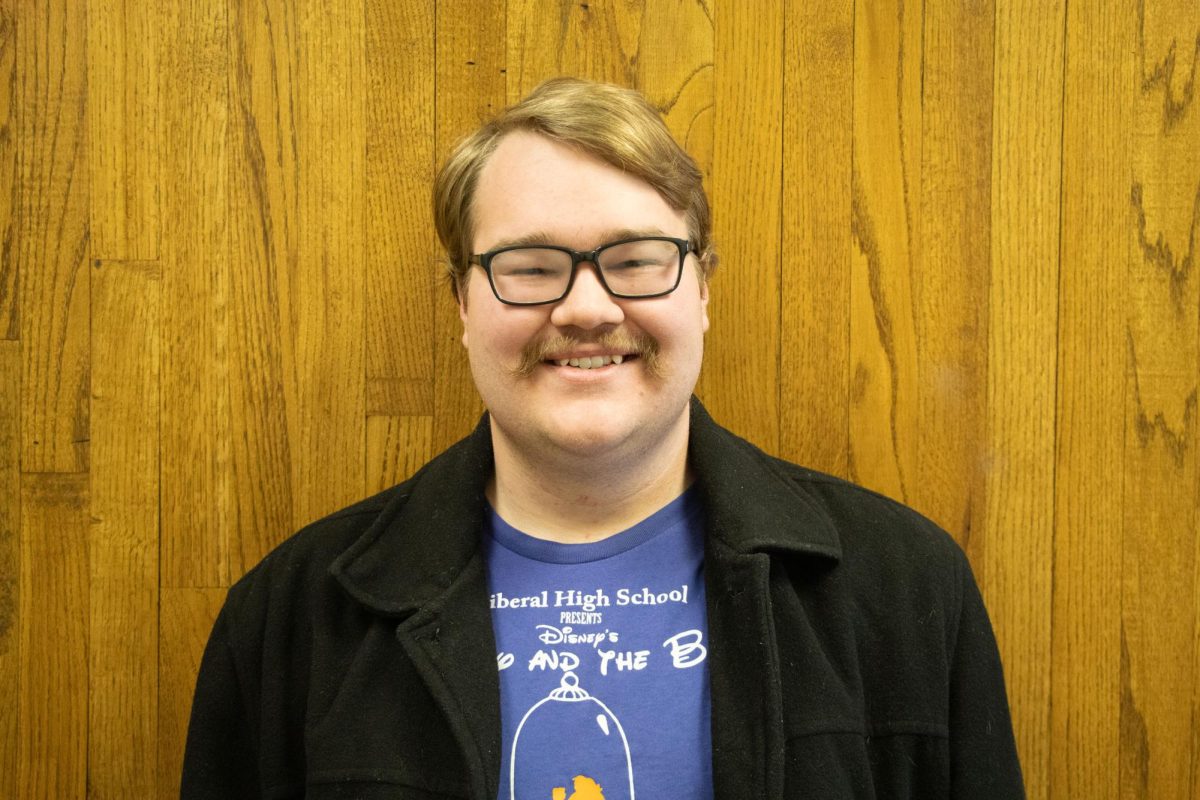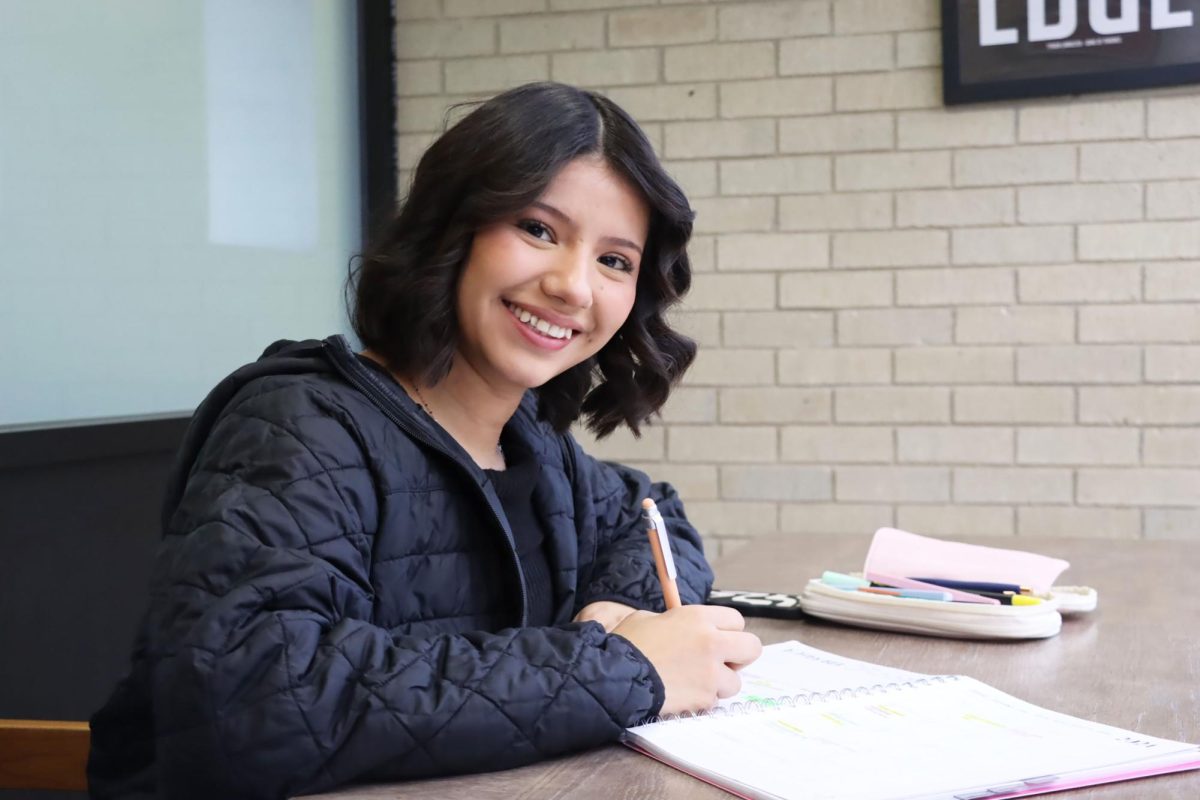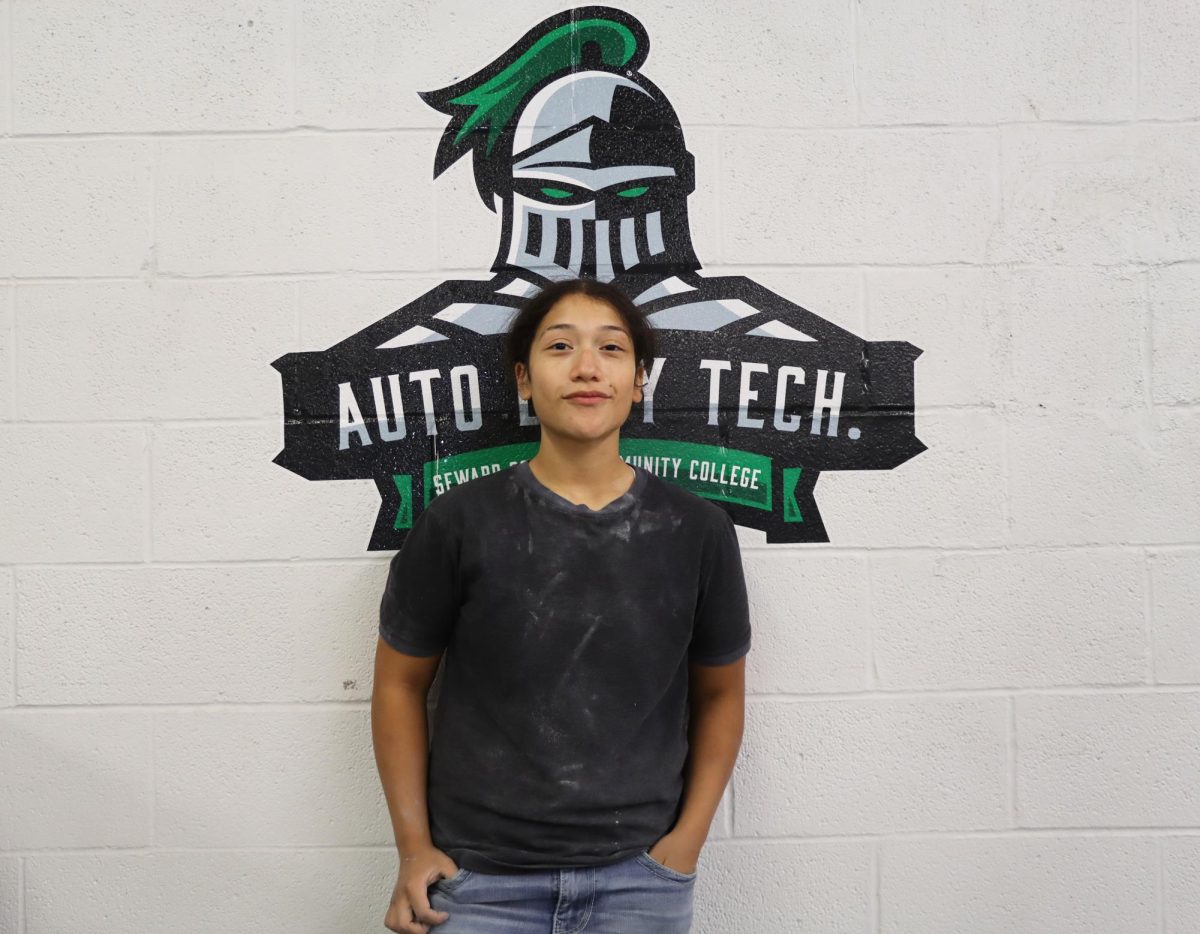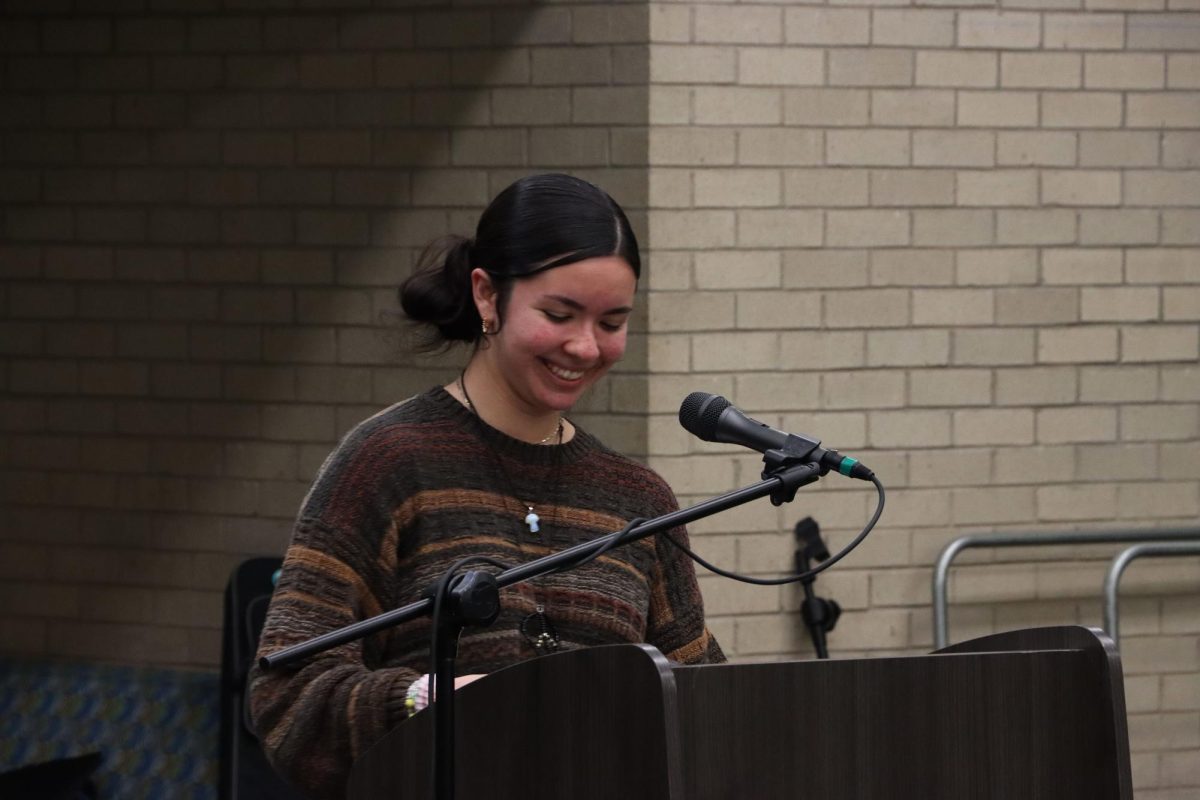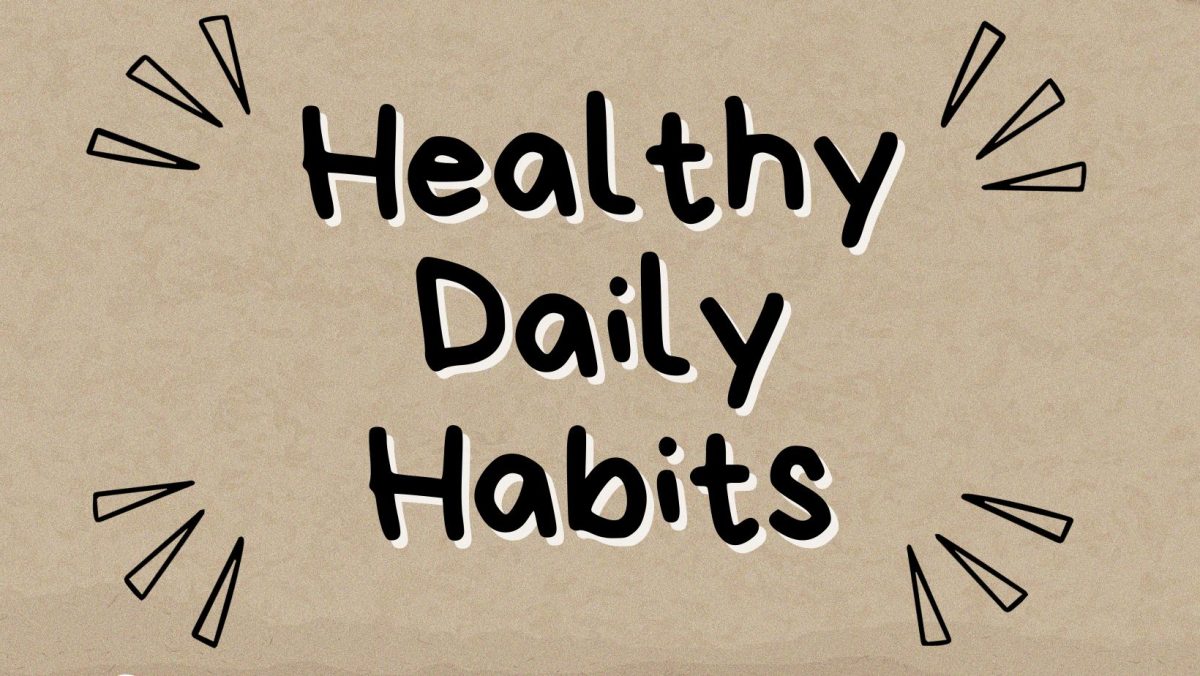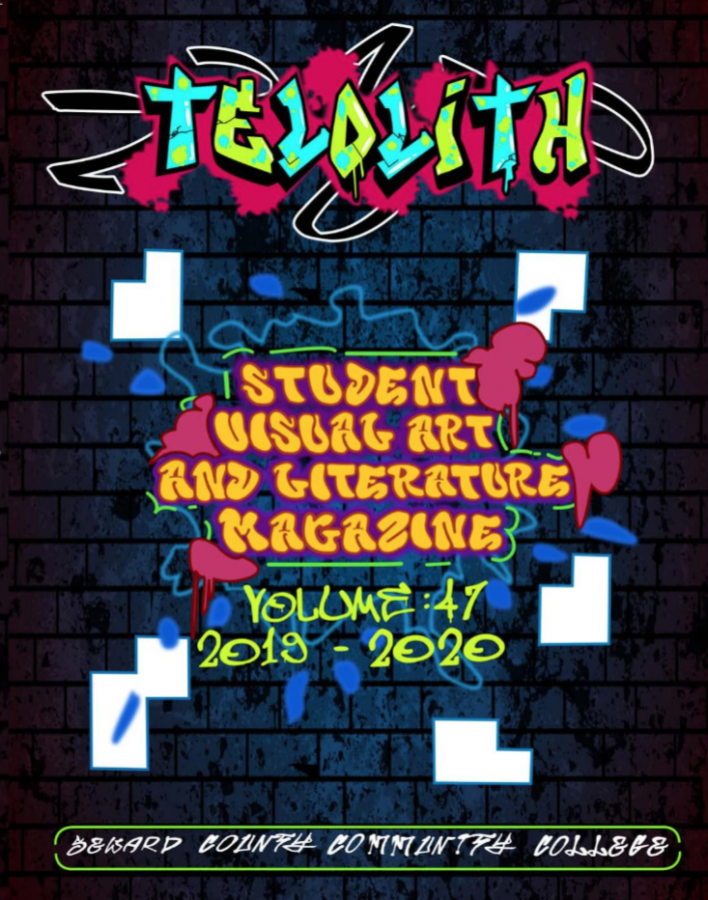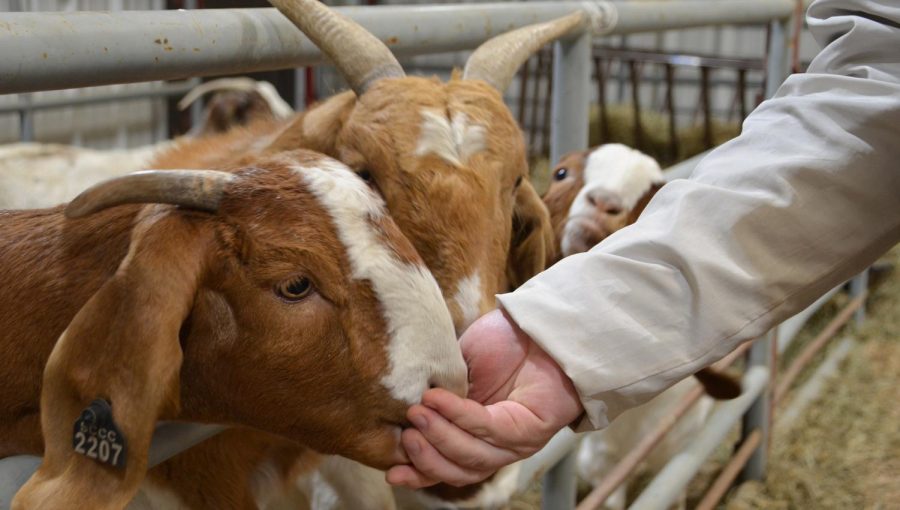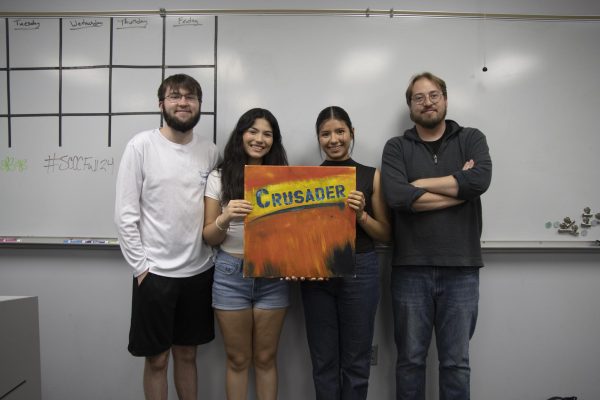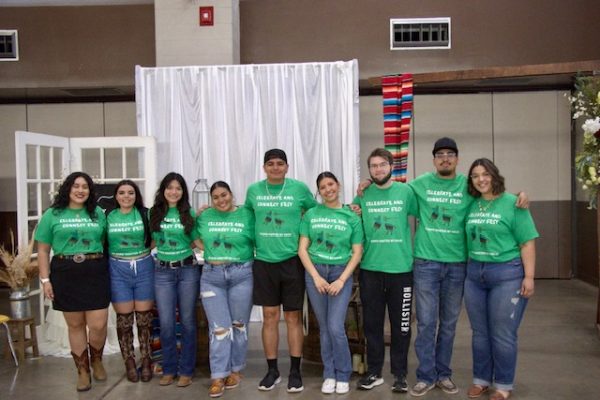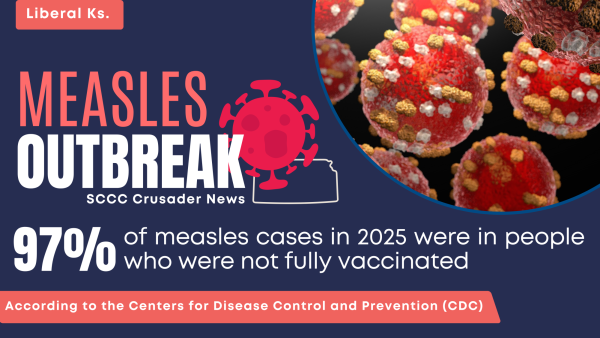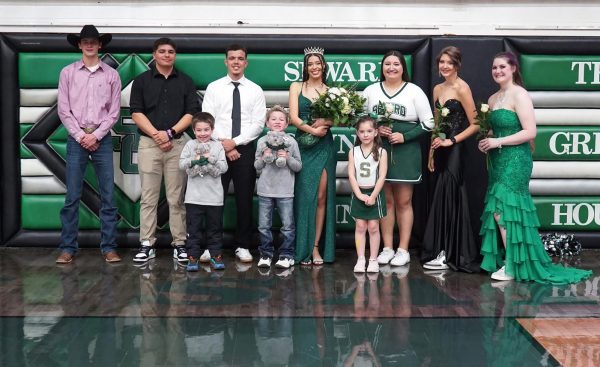Goats join SCCC family
A group of goats push each other trying to get some treats. Currently there are only nine goats, but there are hopes of obtaining a total of 20 goats.
Hoofing their way into Seward County Community College are the new goats in the Agriculture Program. Currently nine goats including a pregnant one which all arrived before winter break.
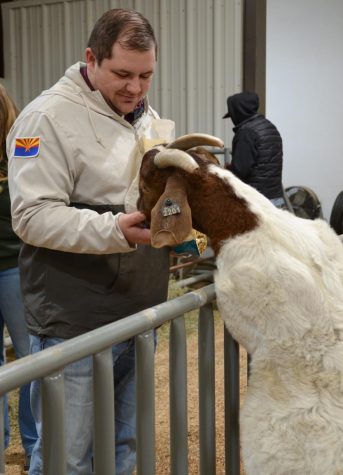
According to Livestock Judging Coach/Instructor, Will Milashoski, the program bought the goats to make the program look more like the community, and to allow the students to be more involved by learning through hands-on activities. The students have already learned some things about the goats and how to handle them and react to their behaviors through classes taught by Agriculture Instructor, Rachael Sirek-Milashoski.
Two freshman agriculture majors, Ashlyn Cook-Huggins, from Gold Canyon, Arizona and Adan Rawlins from Tyrone, Oklahoma both agreed that they benefit from interacting with the new goats.
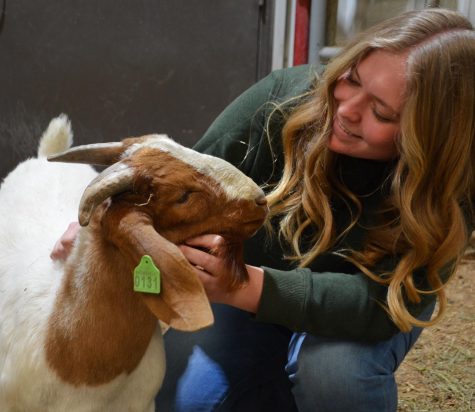
“I think that the goats are an excellent teaching tool especially for those like me who are interested in small ruminants and livestock reproduction, and they provide a unique opportunity for hands-on education, something that I have only seen offered at universities and one other community college, so it definitely makes Seward unique and more enticing to students,” Cook-Huggins said.
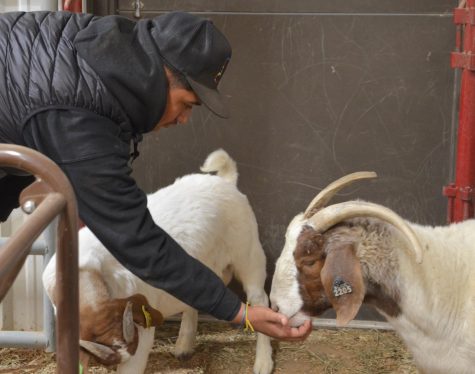
“I think it’s great with the goats around, especially being able to work with and around them hands on. For them being the first animals for the Ag Program I believe they have a ton of potential as well as plenty of opportunities for students interested in them! I have really enjoyed the privilege of being able to learn about them and am excited where the program goes,” Rawlins said.
As of right now there are only goats in the Agriculture Program. However, there are intentions for this spring of getting some chickens, and a chicken coop has already been purchased for the upcoming chickens. Transient animals will also be joining the program for a short time as they will only be used for judging classes and labs. In mid-March they are also planning to try to get a pasture done for the goats, so that they can be moved outside.
Milashoski needs them to be moved so that he can bring in eight steers, 10 market lambs, six market goats, and possibly a pig. Milashoski also hopes that they can bring in more animals later on.
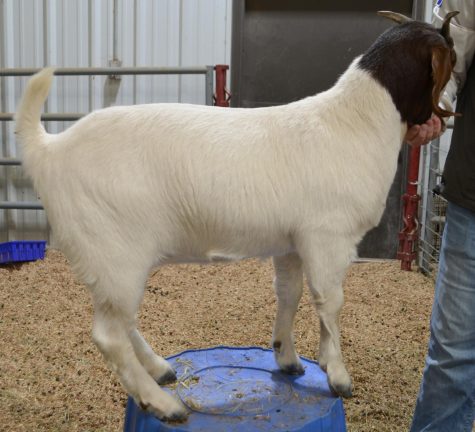
“Outside of more goats, we also want a donkey. The donkey would be a permanent resident to protect the other animals,” Milashoski said.
More animals is not the only goal the Agriculture Program has for the future. Their other goals would be a new building, more students, another teacher, an assistant catching coach, a rodeo team and a rodeo coach. Milashoski also plans on bringing the judging team back, and currently he has two judges who travel and compete.
For those who are curious about what is upcoming for the Agricultural Program contact Milashoski ([email protected]) or Sirek-Milashoski ([email protected]) for more information or a tour of the Agricultural Building.
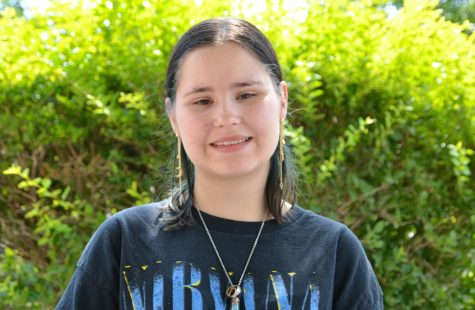
Brianna Rich is a 20-year-old sophomore majoring in journalism. Rich is very excited about starting a new semester and can...



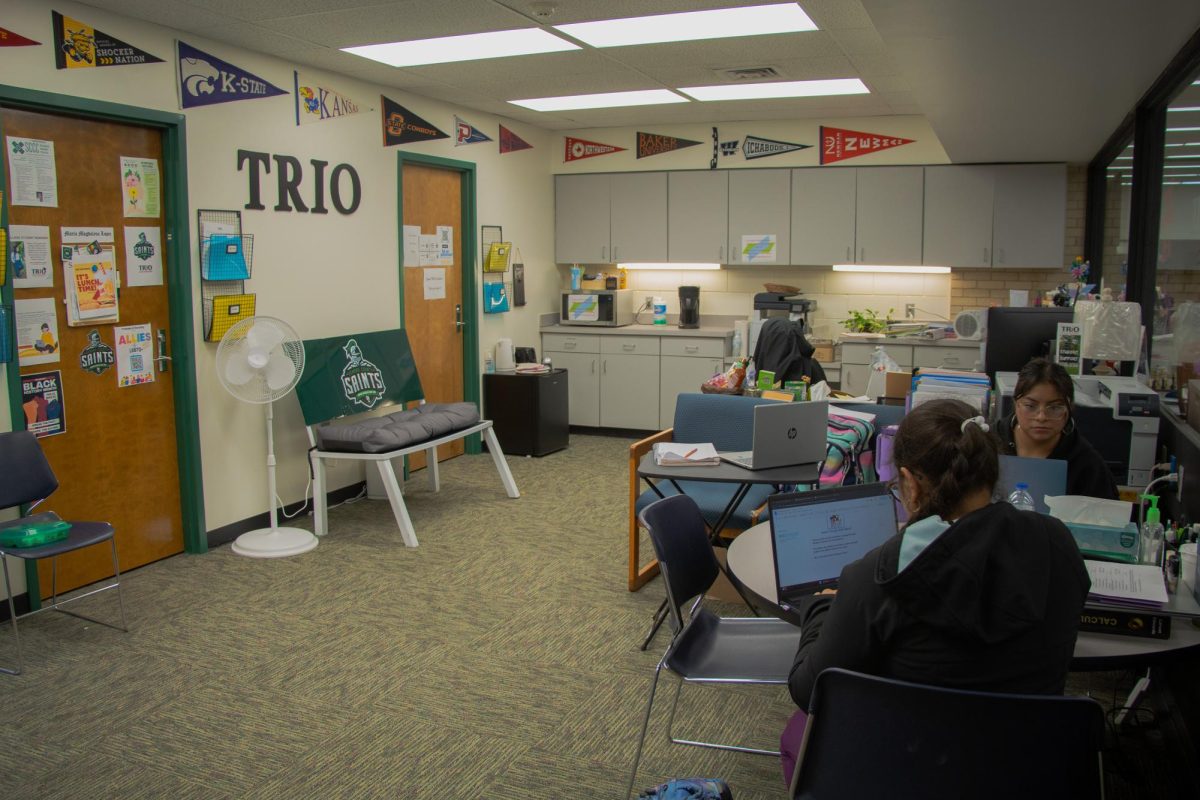
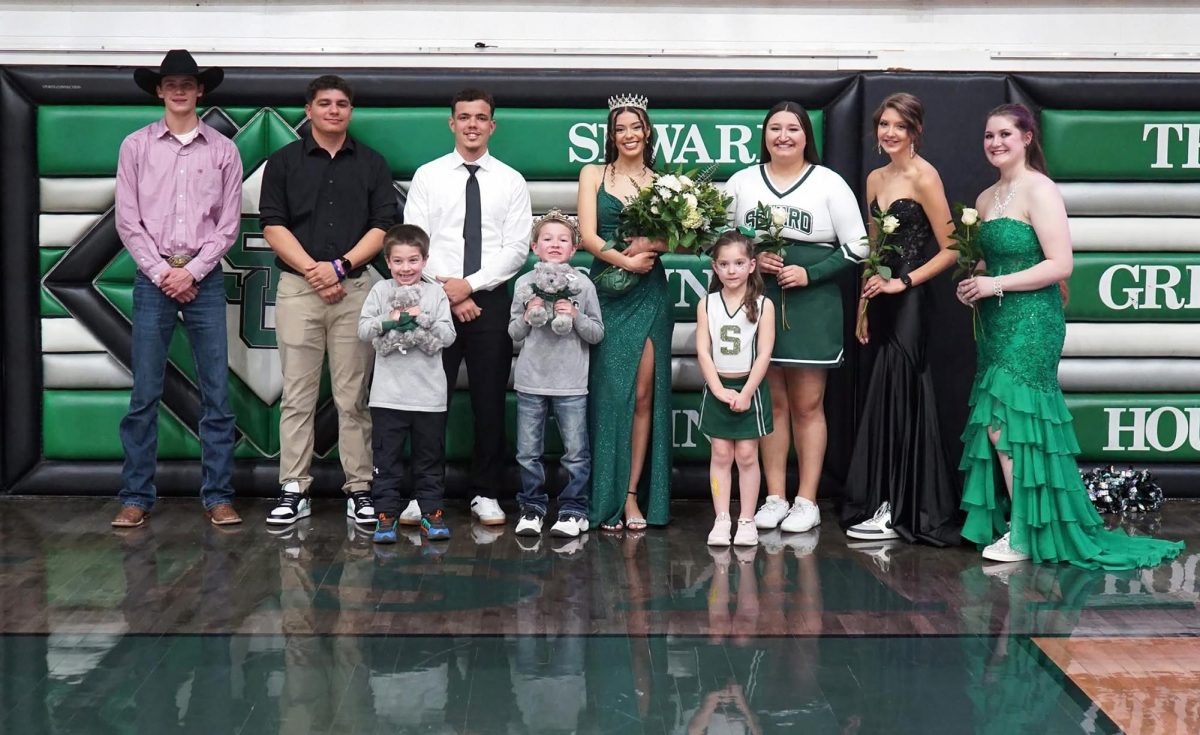

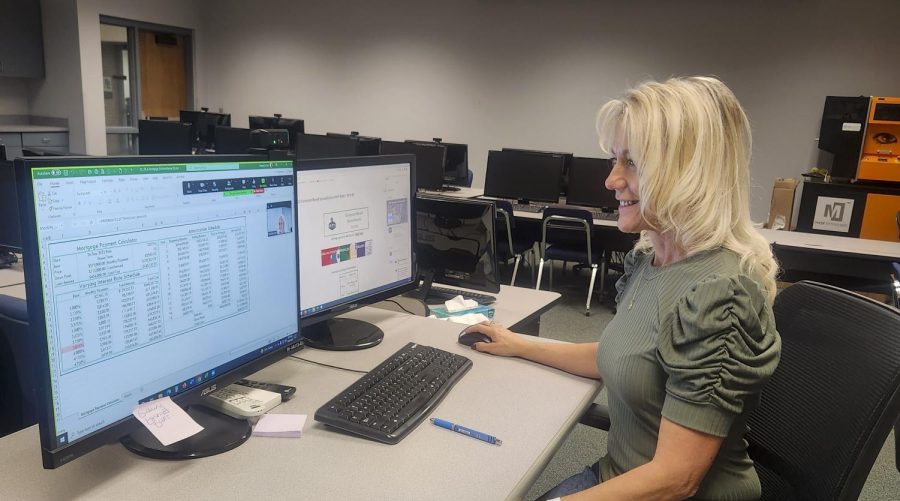


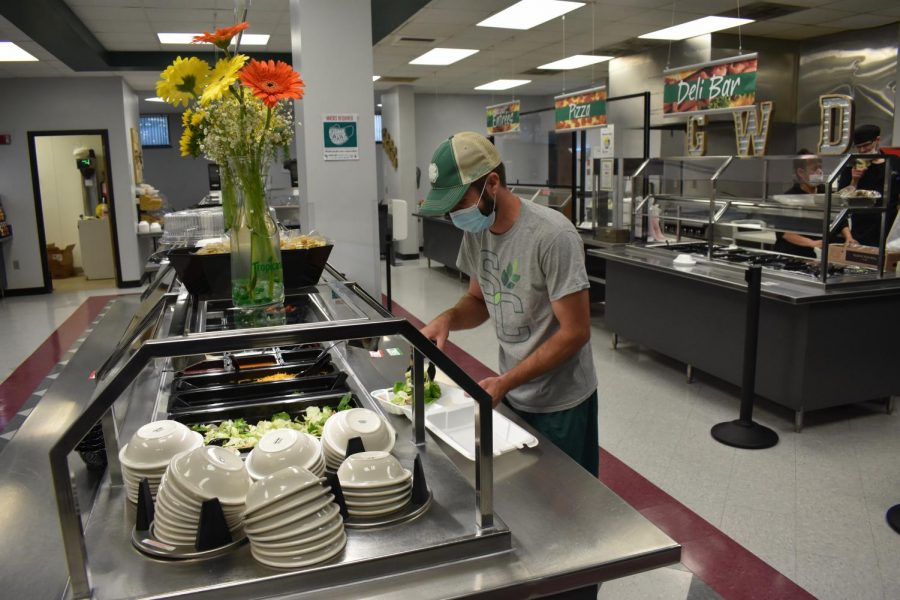




![The sophomores were recognized on the field instead of walking across the stage during their doubleheader. They received their diplomas and a picture of themselves playing during their career at Seward. [Pictured left to right are Dylan Day, Reed Thomas, Jase Schneider, Mason Martinez, Gannon Hardin, Brody Boisvert, and Zach Walker]](https://crusadernews.com/wp-content/uploads/2022/05/WEBDSC_0275-900x454.jpg)



